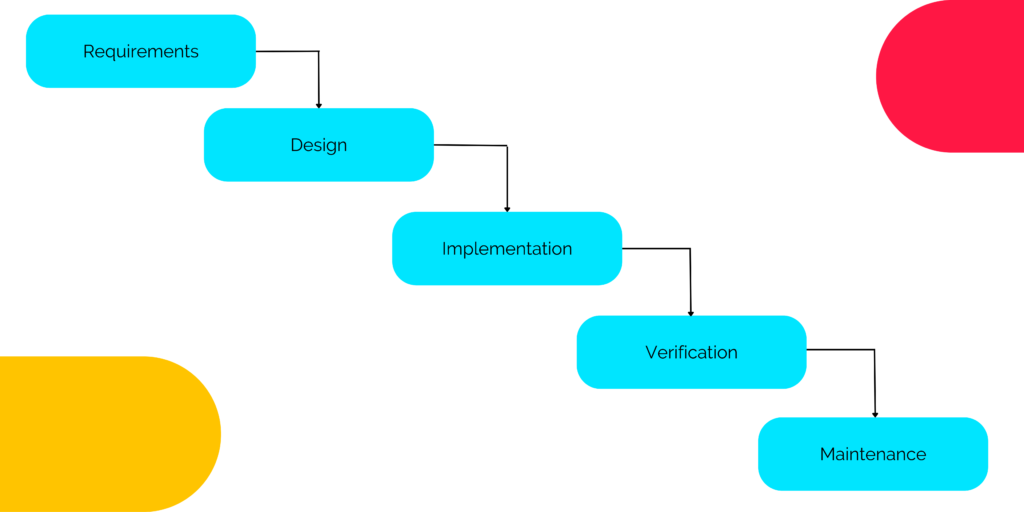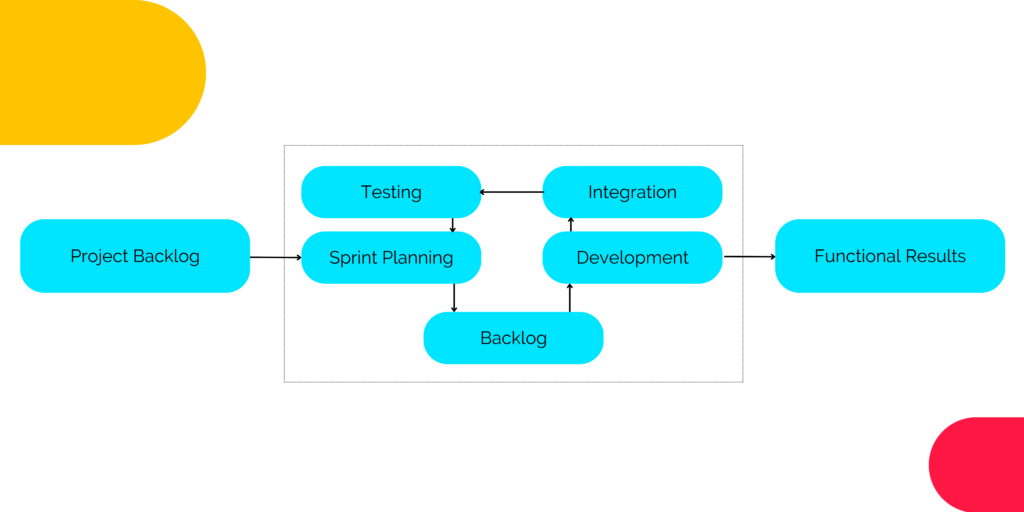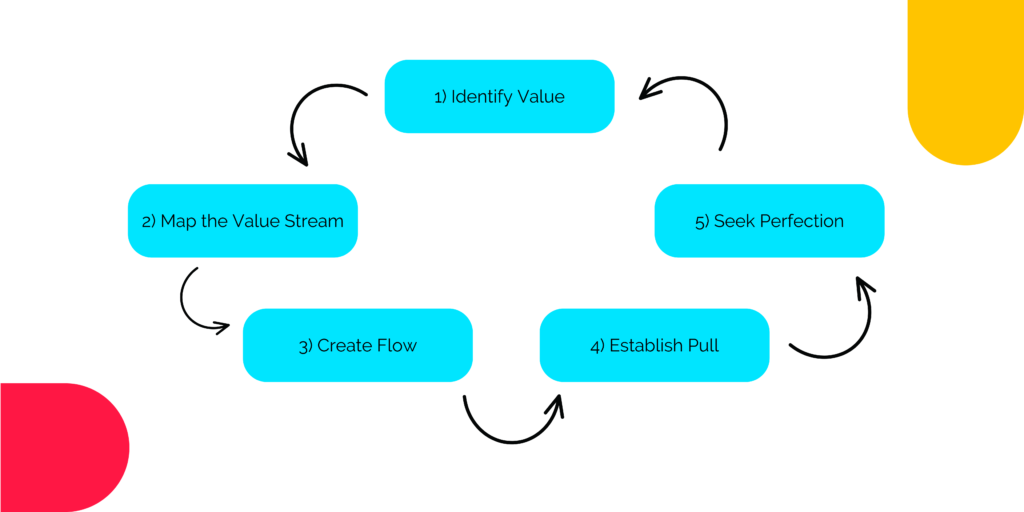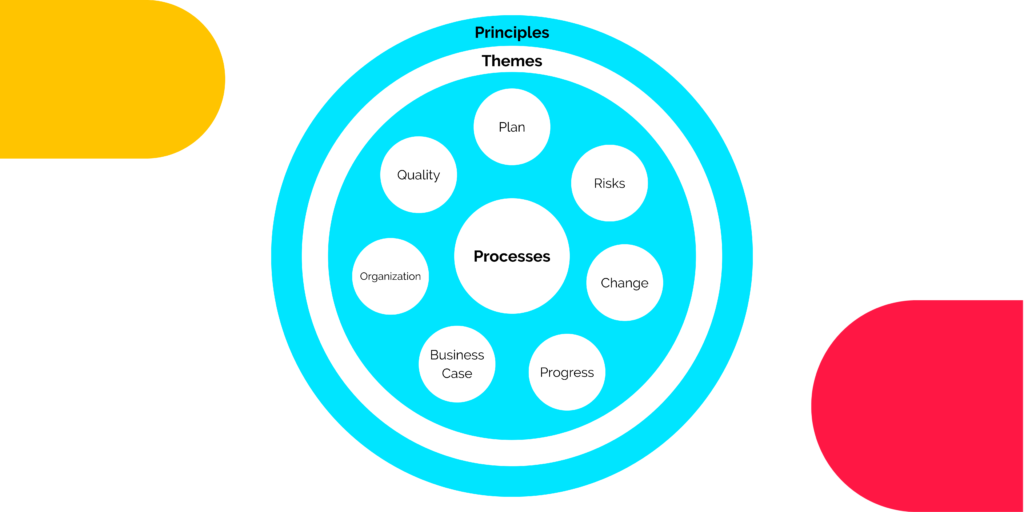
Project management techniques are essential for any team looking to maximize the value of their work. From Waterfall to Agile, Scrum and Lean, there’s a variety of options out there that can help teams reach their goals faster and more efficiently. With these seven effective project management techniques – Waterfall, Agile, Scrum, Lean, Six Sigma, PRINCE2 and Kanban – you can be sure your projects will generate maximum value.
Kanban

Kanban is a great tool for those who want more control over their workflow without getting bogged down by endless meetings or debates. With its simple yet effective approach it allows teams to focus on one task at a time while still being aware of the bigger picture; this way everyone can stay informed while still making decisions quickly when needed. And since the boards are easily adjustable it’s easy enough for anyone in the team (or outside) to jump in and lend a hand if they need too – which makes collaboration much smoother! So if you’re looking for an efficient and straightforward way of managing projects then give Kanban a go – you won’t regret it.
Learn more about Kanban methodology and it’s practices.
Waterfall

Waterfall is one of the oldest project management methods out there, and it’s still used by many successful teams today. Basically, this method involves breaking down complex projects into smaller tasks which are completed sequentially. This makes it easier to plan and organize workflows, as well as keep track of progress at each stage of development. It also encourages a more structured approach to problem solving; with Waterfall each step builds on the last so your team can come up with creative solutions without getting sidetracked or overwhelmed. So if you’re looking for an effective way to get things done quickly and efficiently, Waterfall might be just what you need!
Check out a list of best tools for Waterfall technique made by project-management.com
Agile

Agile is a popular method that focuses on responding quickly to changes while still working towards deadlines. By taking a flexible approach that allows for ongoing evaluation throughout each development cycle, teams can make sure their projects are always on track and delivering maximum value. Plus with an Agile team everyone has a voice in decision making so there’s no need for long drawn out meetings or endless debates – just open communication between all involved parties. So if you’re looking for an efficient way to keep your team organized and motivated then Agile might be right up your alley.
Check out a list of best Agile project management tools.
Learn the differences between Agile and Scrum.
Read more on Agile and its benefits.
Scrum

Scrum is one of the most popular project management techniques out there, and for good reason. This method combines elements from both Waterfall and Agile to create an iterative approach that allows teams to keep on top of their projects no matter how complex they are. Through regular sprints, teams can focus on specific tasks while still being able to evaluate progress quickly in order to make adjustments as needed. Plus with Scrum everyone has a shared understanding of what needs to be done so it’s easy for team members to collaborate without getting bogged down by endless meetings or debates. So if you’re looking for an efficient way to manage your projects then Scrum might be just the thing you need.
Read more on why Scrum & OKRs work together in harmony.
Learn the differences between Agile and Scrum.
Lean

At first glance, Lean may seem intimidating but once you understand how it works it’s actually quite simple – plus there are tons of helpful tools available to help your team stay organized and productive. Lean is all about streamlining processes so tasks can be completed quickly without sacrificing quality or wasting precious resources. It’s ideal for those who want to do more in less time while still achieving great results; no matter what industry you’re in lean will help take your projects from good to great.
Check out a list of best Lean project management tools.
Six Sigma

Six Sigma is a great project management technique that can help take your team’s performance to the next level. This method focuses on improving efficiency and effectiveness through data-driven decisions, so teams can identify where processes are going wrong and eliminate any potential sources of waste. Six Sigma also encourages continuous improvement, meaning teams can make small adjustments over time to ensure they’re always working towards their goals in the most efficient way possible. So if you want get things done quickly while still delivering high quality results then Six Sigma is definitely worth checking out.
Check out a list of best Six Sigma project management tools.
PRINCE2

Prince2 is a great project management technique for those who want to stay organized and on top of their tasks. This method focuses on breaking down complex projects into smaller, manageable chunks so teams can easily track progress and make adjustments as needed. With Prince2 you get clear guidance at every stage of the process, from planning to execution and beyond, so everyone knows exactly what needs to be done when. Plus it’s easy to learn – there are plenty of helpful resources available online that can help you get up and running in no time. So if staying focused and efficient is your priority then give Prince2 a try.
Check out a list of best PRINCE2 project management software.
Project management techniques provide structure and organization to complicated projects no matter the size or scope. It is astonishing what one can accomplish when working in a team and utilizing helpful project management techniques that can generate value. They allow us to break our tasks down into bitesize pieces and manage them efficiently across their entire duration, offering focus, clear communication, better collaboration and most importantly improved results. Waterfall, Agile, Scrum, Lean Six Sigma, PRINCE2 and Kanban are all effective project management methods guaranteed to generate value no matter your goals or objectives.